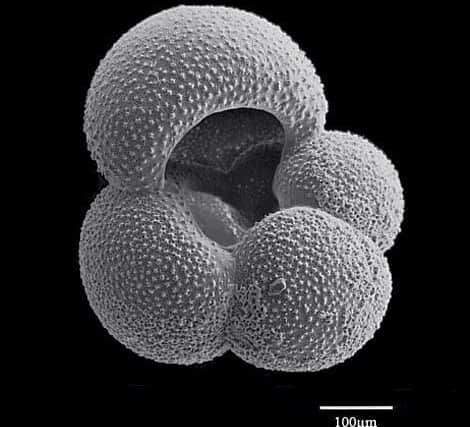Scientists say lessons from earth's history should spur climate action
The study, led by scientists at the University of St Andrews, has traced the climate history of the earth back 66 million years to the age of the dinosaurs.
The findings show more clearly than ever before the link between carbon dioxide concentrations and climate.
Advertisement
Hide AdAdvertisement
Hide AdThey suggest prehistoric levels of warmth, never before experienced by the human race, will be the norm if greenhouse gas emissions continue to rise at the current rate.


The team says urgent action is needed to prevent such a scenario.
Lead researchers Dr James Rae, from the School of Earth and Environmental Sciences at the University of St Andrews, said: “The last time CO2 was as high as it is today, enough ice melted to raise sea level by 20 metres and it was warm enough for beech trees to grow on Antarctica.
“If we allow fossil fuel burning to continue to grow, our grandchildren may experience CO2 levels that haven’t been seen on earth for around 50 million years, a time when crocodiles roamed the Arctic.”
As part of the study, the team – including scientists from Texas A&M University, the University of Southampton and the Swiss University ETH Zürich – analysed samples of mud from the deep-sea floor, containing microscopic fossils and ancient molecules.
This matter provides a permanent record of carbon levels and what the climate looked like across the ages.
By firing these ancient atoms through super-sensitive instruments, scientists are able to detect the chemical fingerprints of past changes in carbon dioxide and then compare levels with those seen in the present day.
The study explains how human activities such as burning of fossil fuels and destruction of forests have increased carbon dioxide to levels not seen since around three million years ago.
Advertisement
Hide AdAdvertisement
Hide AdDr Rae added: “CO2 has transformed the face of our planet before, and unless we cut emissions as quickly as possible it will do it again.”
A message from the Editor:
Thank you for reading this article. We’re more reliant on your support than ever as the shift in consumer habits brought about by coronavirus impacts our advertisers.
If you haven’t already, please consider supporting our trusted, fact-checked journalism by taking out a digital subscription.
Comments
Want to join the conversation? Please or to comment on this article.
